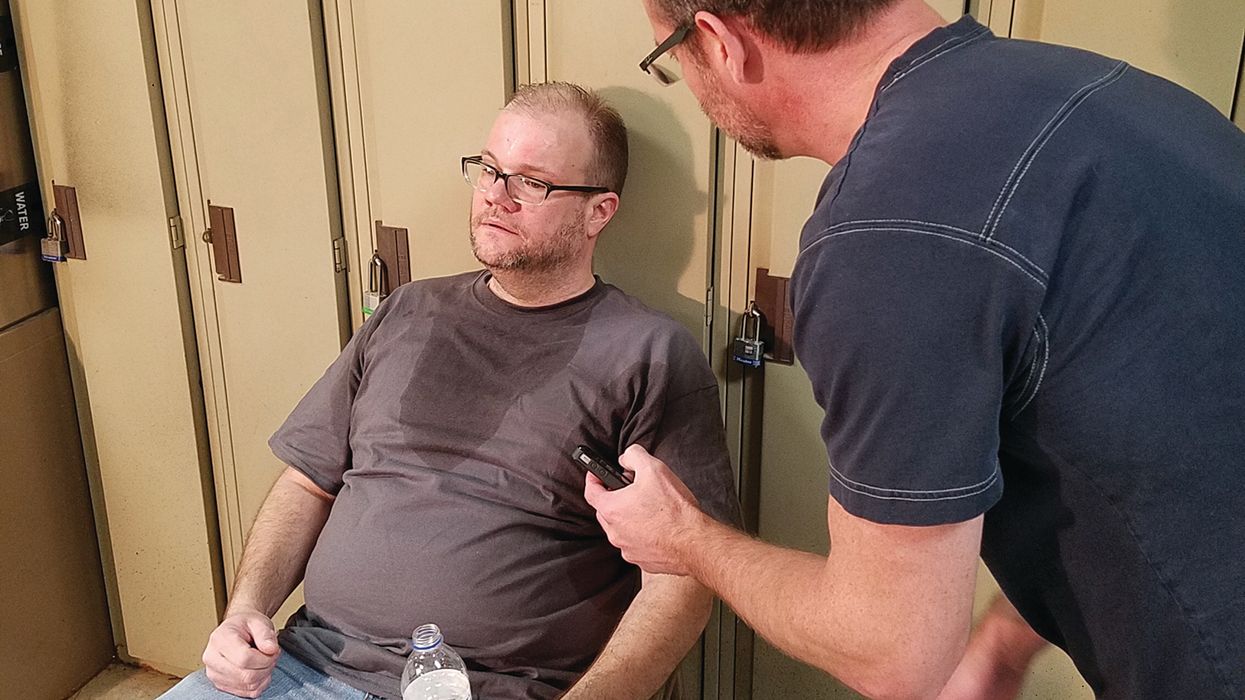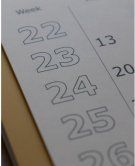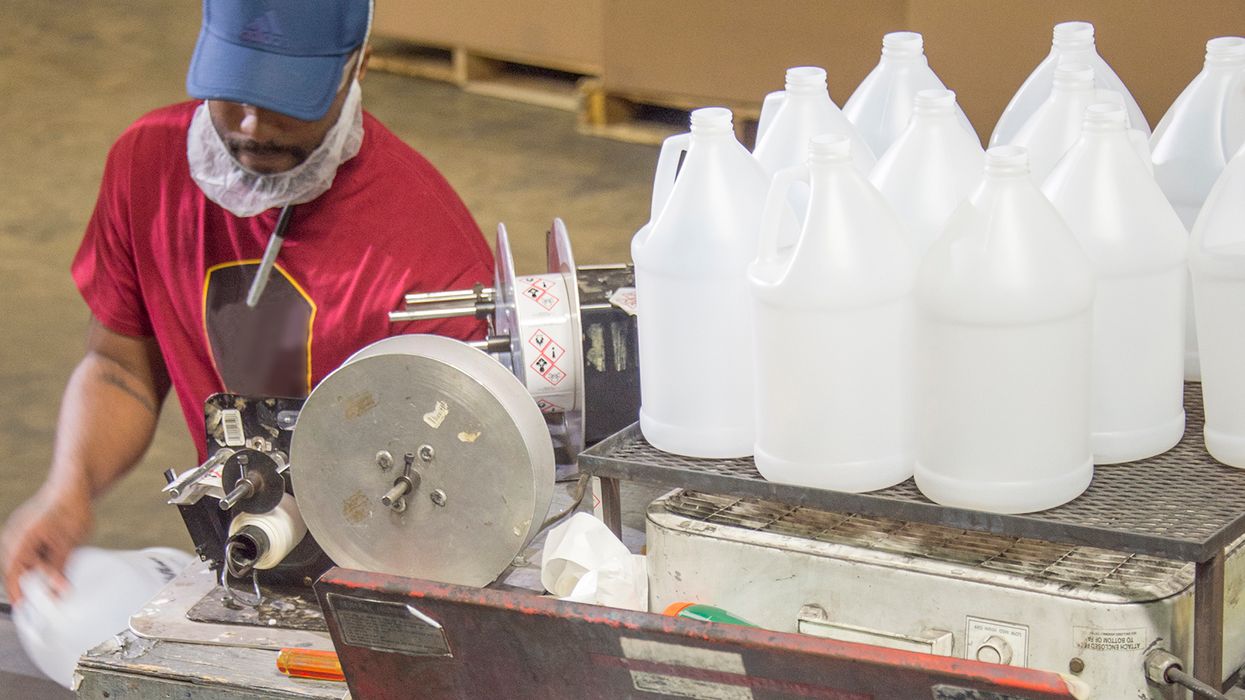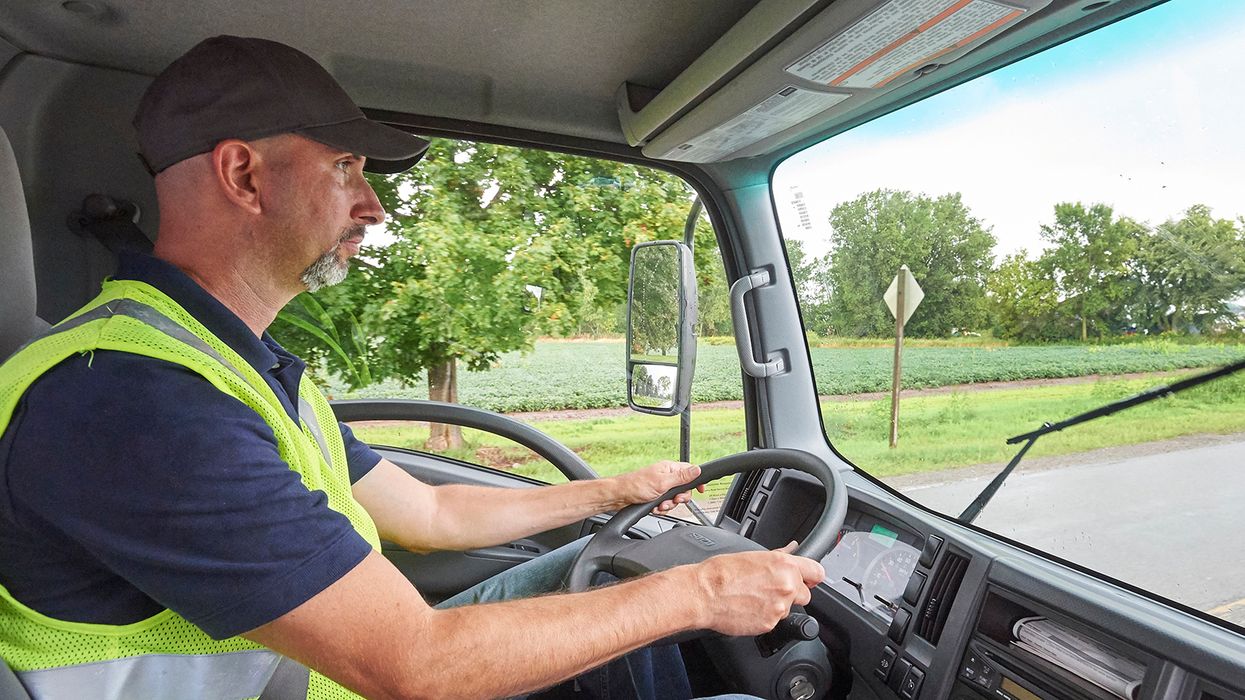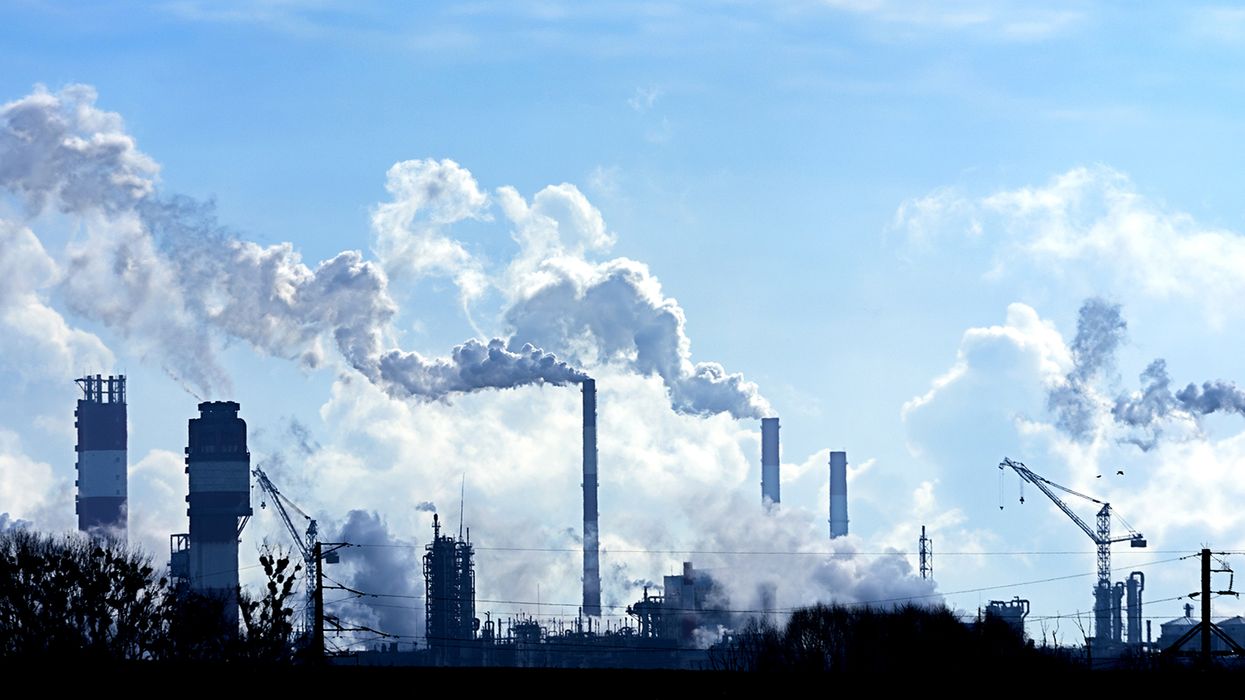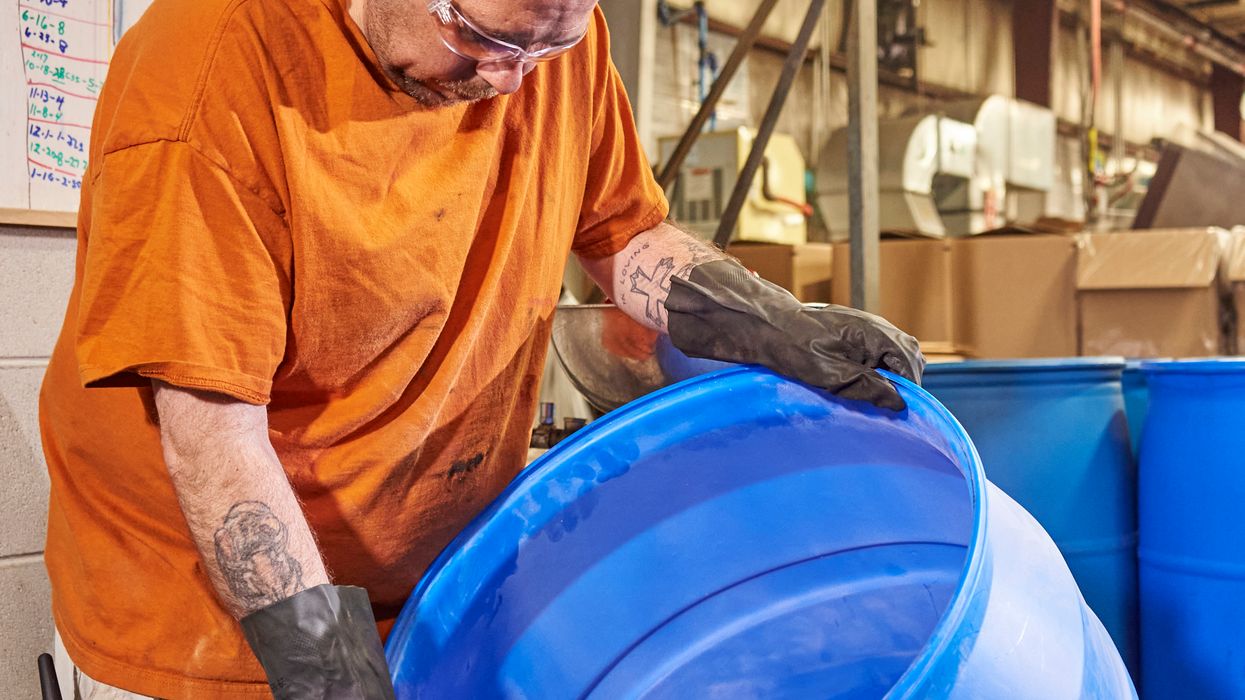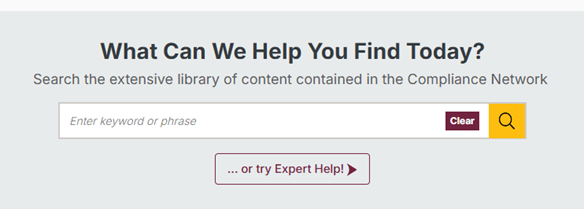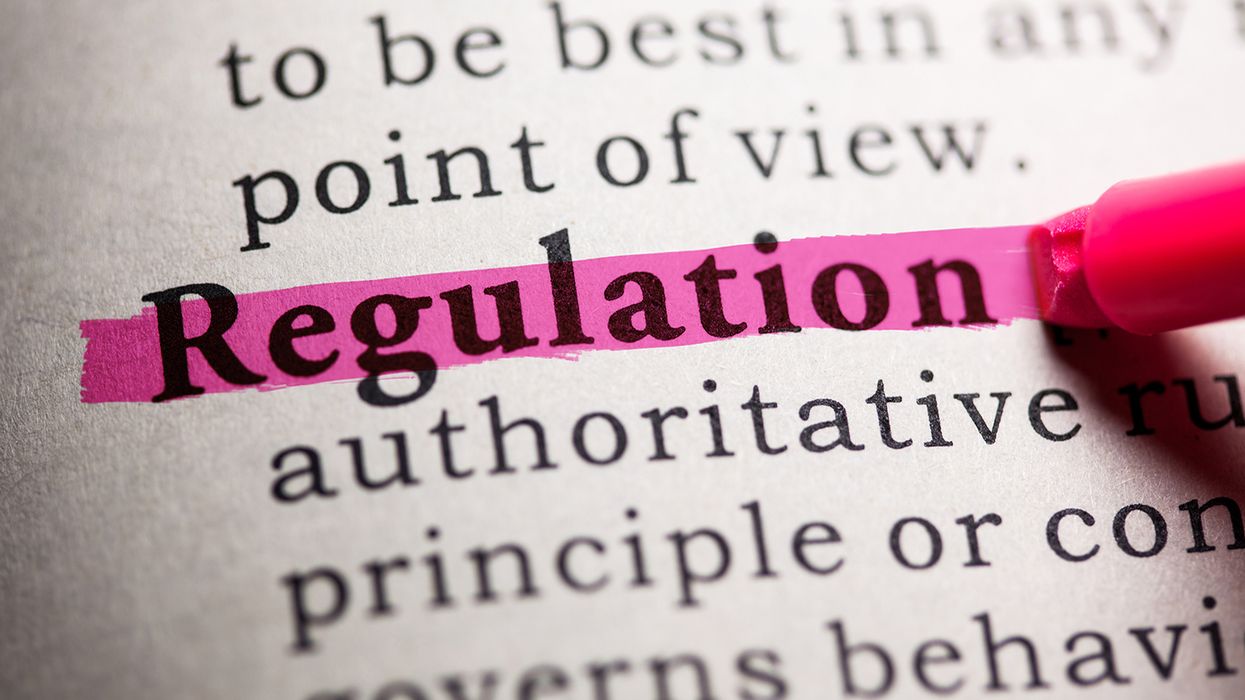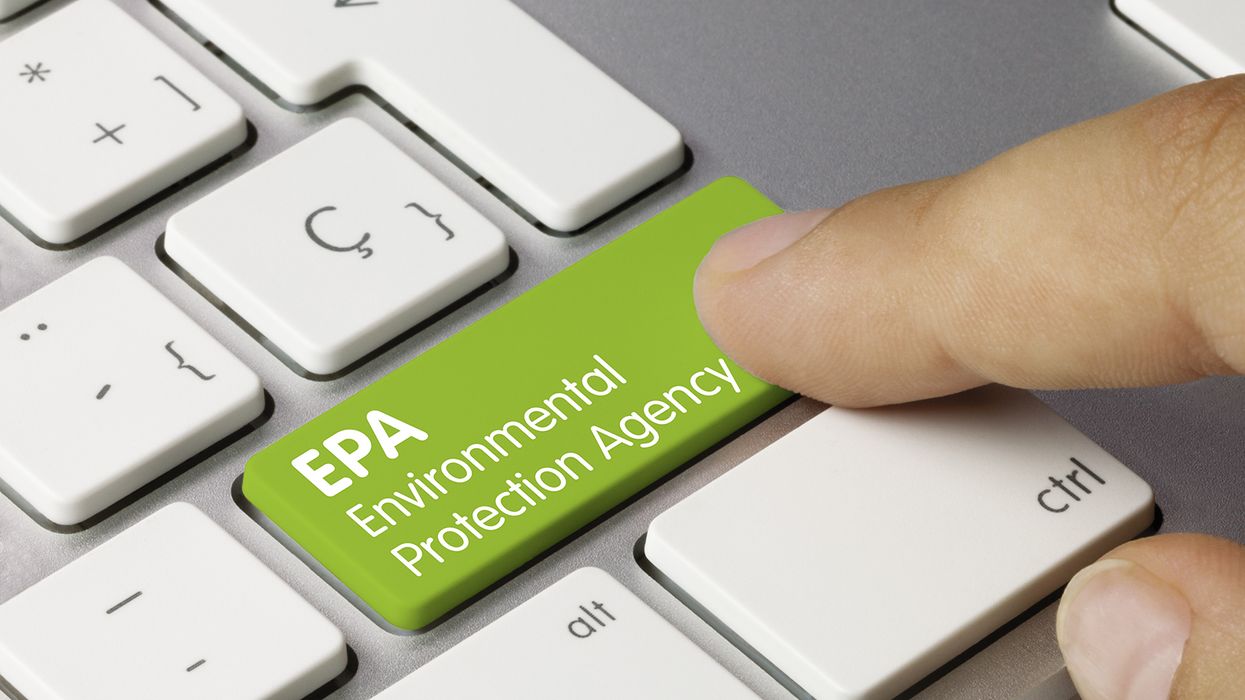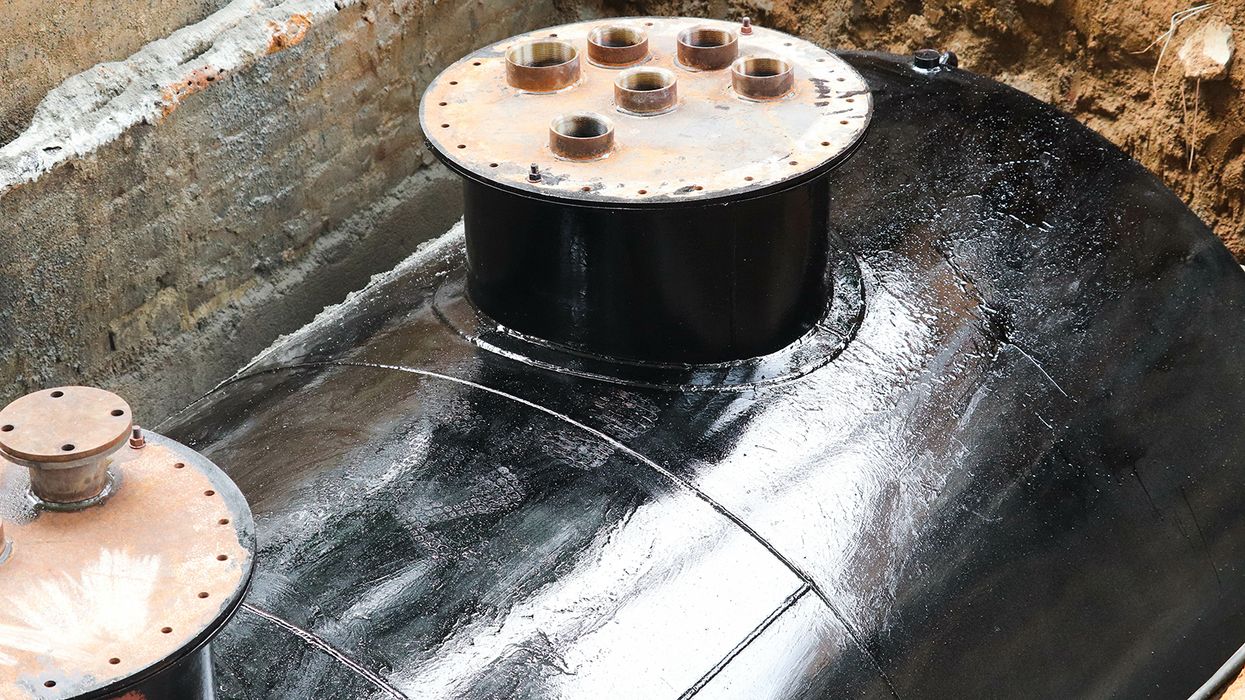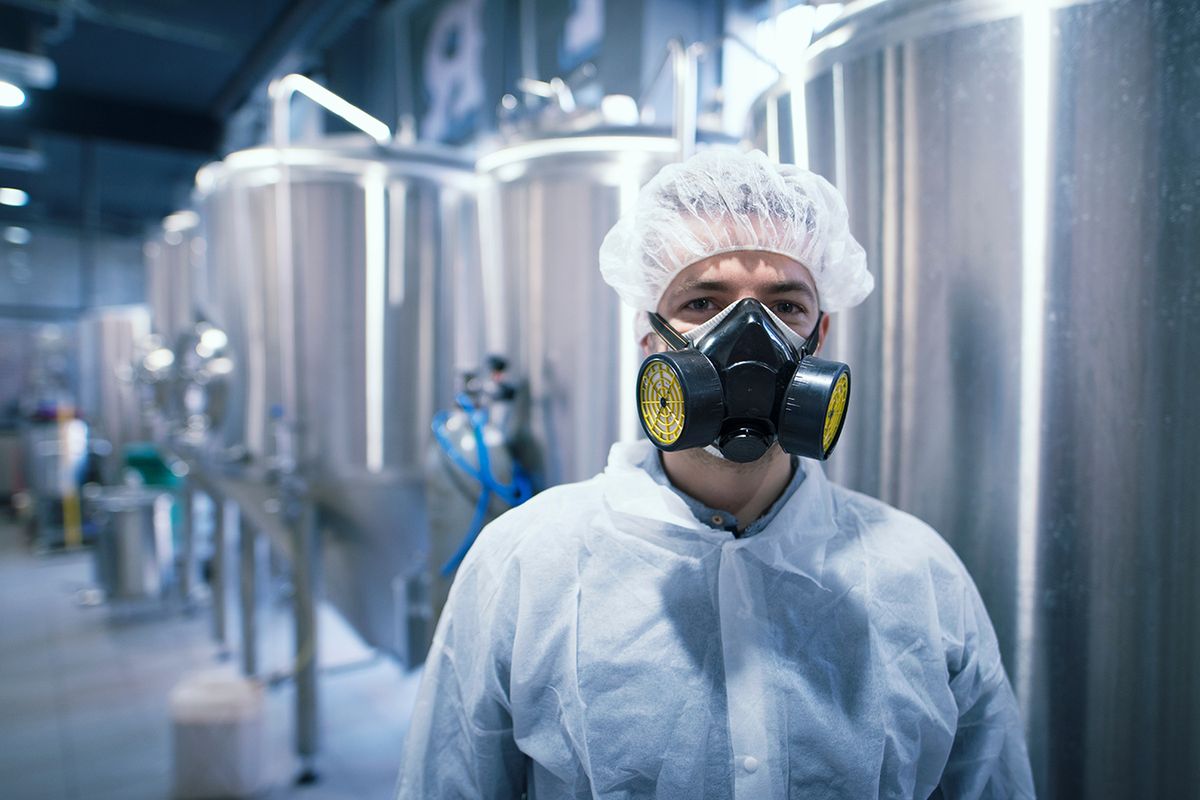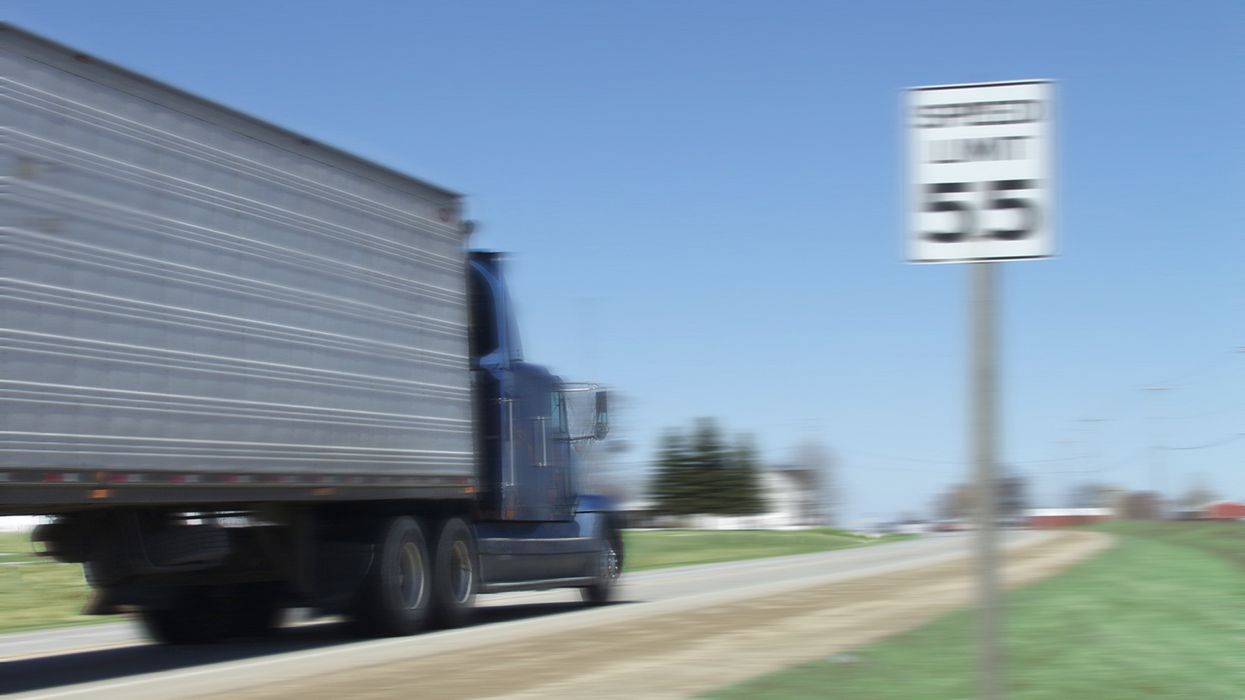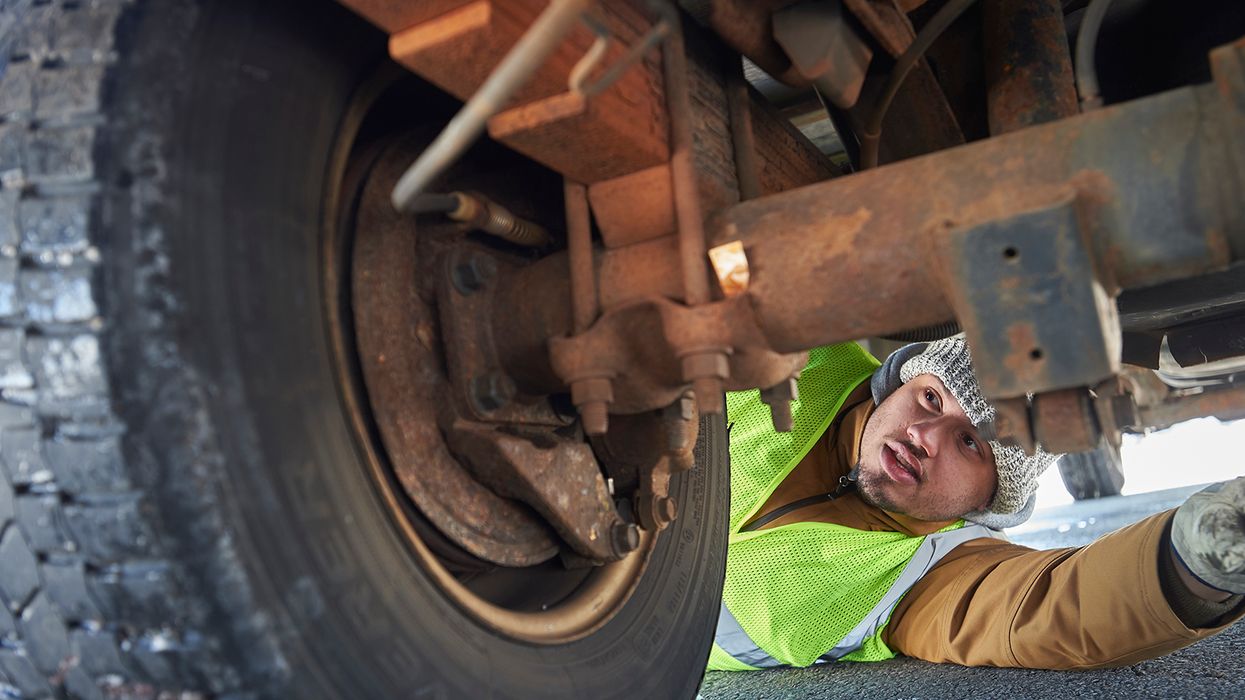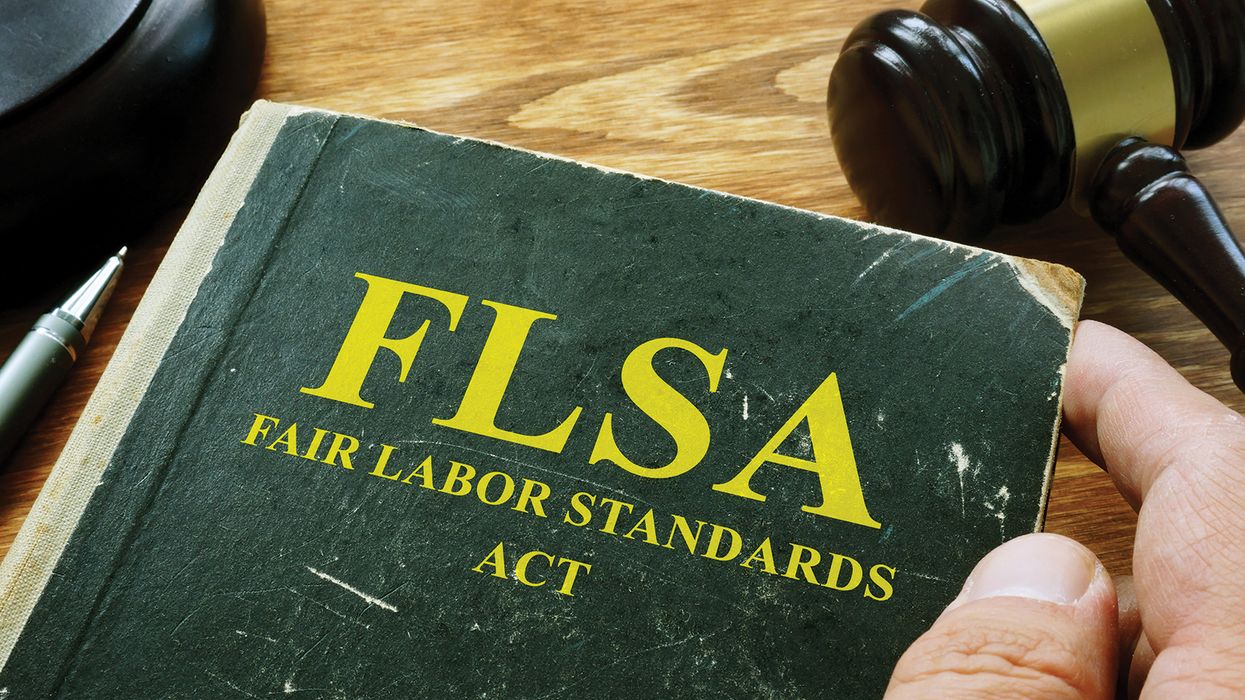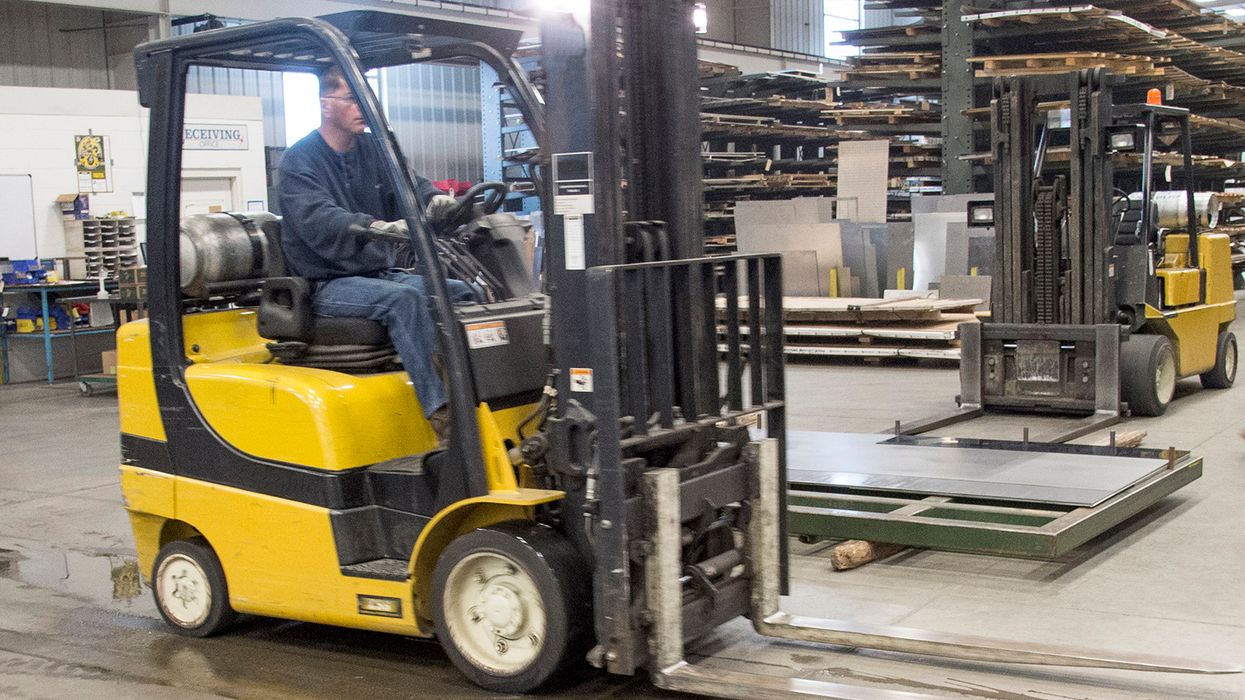UPDATE: OSHA publishes proposed heat illness prevention rule
OSHA issued a Notice of Proposed Rulemaking (NPRM) for the Heat Injury and Illness Prevention in Outdoor and Indoor Work Settings standard on August 30, 2024! Employers have 120 days to comment on the proposal. As anticipated, this first-ever national heat rule intends to help employers protect workers from indoor and outdoor heat-related fatalities and illnesses.
| Interested in how the standard got this far? See our article, "Proposed heat illness prevention rule leaves OMB." |
Who will be impacted?
OSHA’s proposed heat rule would apply to all employers conducting outdoor and indoor work in all general industry, construction, maritime, and agricultural sectors under the agency’s jurisdiction with a few exceptions. In addition to temperatures, heat generation from industrial processes and radiant heat such as ovens and furnaces have also been considered throughout the rulemaking process.
Employers would be responsible for determining which work activities are covered by the standard. They may have some work activities that are exempt from the standard and others that are covered.
What is being proposed?
Key elements include:
- Heat hazard assessments — Evaluating risks for potential heat exposure during certain activities or tasks, especially when employees are exposed to heat at or above the initial and high heat triggers.
- Heat Illness and Injury Prevention Plan (HIIPP) — Creating a plan that includes site-specific policies and procedures for evaluating and controlling heat hazards exposures as well as emergency response procedures.
- Heat Safety Coordinator — Designating and authorizing one or more individuals to implement the HIIPP and monitor employees for signs and symptoms of heat-related illness.
- Monitoring and communication — Developing a monitoring plan and providing hazard alerts to employees prior to shifts where elevated temperatures are expected. Monitoring may include monitoring devices, buddy system, two-way communication, lone worker procedures, etc. Employers would also be required to place warning signs at indoor work areas with ambient temperatures that regularly exceed 120 degrees F.
- Water – Rest – Shade — Providing drinking water and cool or shaded rest areas when temperatures exceed established trigger points.
- Acclimatization — Limiting initially and then gradually increasing working hours for new, returning, temporary, and young workers during extreme temperatures.
- Training —Providing annual and refresher employee training on the HIIPP, identifying heat hazards, personal risk factors, signs and symptoms of heat stress, emergency response, and incident reporting. Additionally, employers would be expected to train supervisors and heat safety coordinators regarding heat monitoring and handling heat emergencies.
- Recordkeeping — Storing written or electronic records of monitoring data for at least six months, creating and maintaining incident records, and deploying internal auditing to ensure overall compliance.
What are key definitions to be aware of?
OSHA has defined several key terms to help clarify proposed expectations.
| TERM | DEFINITION |
| Initial Heat Trigger | A heat index of 80°F or a wet bulb globe test (WBGT) equal to the NIOSH Recommended Alert Limit (RAL). |
| High Heat Trigger | A heat index of 90°F or WBGT equal to the NIOSH Recommended Exposure Limit (REL). |
| Heat Index | Refers to the National Weather Service heat index, which combines ambient temperature and humidity. |
| Wet Bulb Globe Test (WBGT) | A heat metric that takes into account ambient temperature, humidity, radiant heat from sunlight or artificial heat sources, and air movement. |
| NIOSH Recommended Alert Limit (RAL) | The NIOSH-recommended heat stress alert limits for unacclimatized workers. |
| NIOSH Recommended Exposure Limit (REL) | The NIOSH-recommended heat stress exposure limits for acclimatized workers. |
| Indoors | An area under a ceiling or overhead covering that restricts airflow and has along its entire perimeter walls, doors, windows, dividers, or other physical barriers that restrict airflow, whether open or closed. (Construction activity is considered to be work in an indoor environment when performed inside a structure after the outside walls and roof are erected.) |
| Outdoors | An area that is not indoors, as defined above. The definition also specifies that vehicles operated outdoors are considered outdoor work areas for purposes of the standard unless exempted. |
| Shade | The blockage of direct sunlight and which is open to the outside air, such that objects do not cast a shadow in the area of blocked sunlight. It can be artificial shade (e.g., tent, pavilion) or natural shade (e.g., trees), but not shade from equipment. |
How to submit comments
Employers and stakeholders may submit comments and attachments electronically to the Federal e-Rulemaking Portal at https://www.regulations.gov. Comments and attachments should be identified by your agency name and Docket No. OSHA–2021–0009. (NOTE: All submissions are placed in a public docket and can be viewed by anyone.)
Keys to remember: OSHA issued a Notice of Rulemaking on August 30, 2024, for the Heat Injury and Illness Prevention in Outdoor and Indoor Work Settings standard. Employers have 120 days to comment on the proposal.

